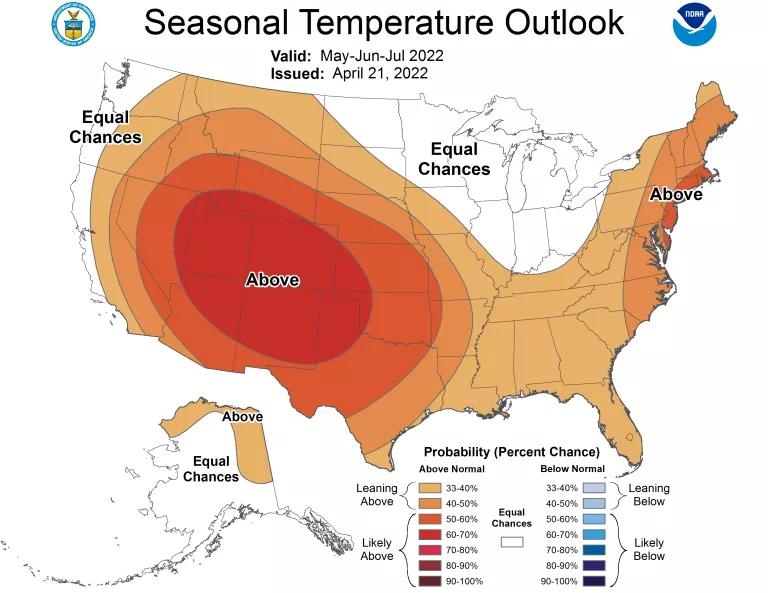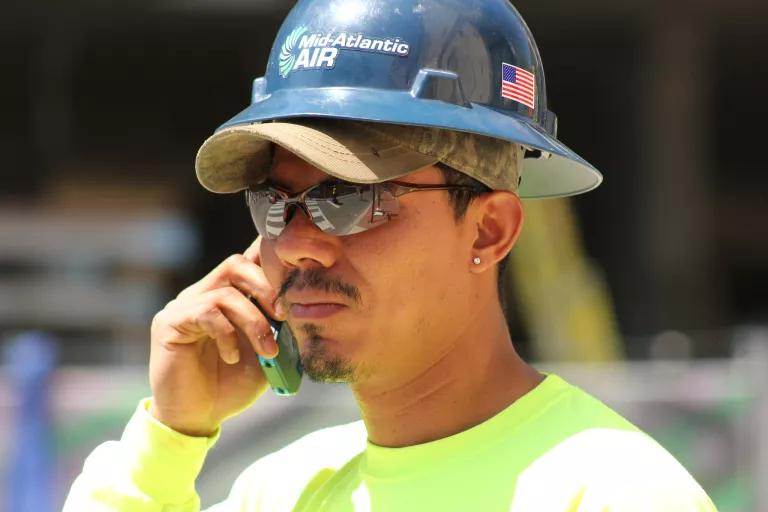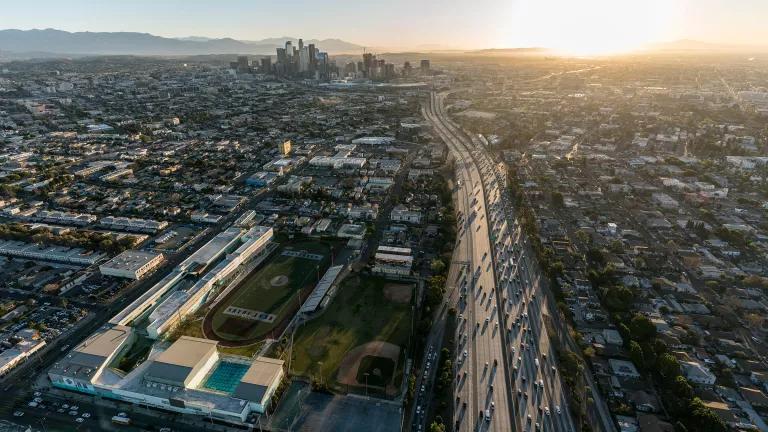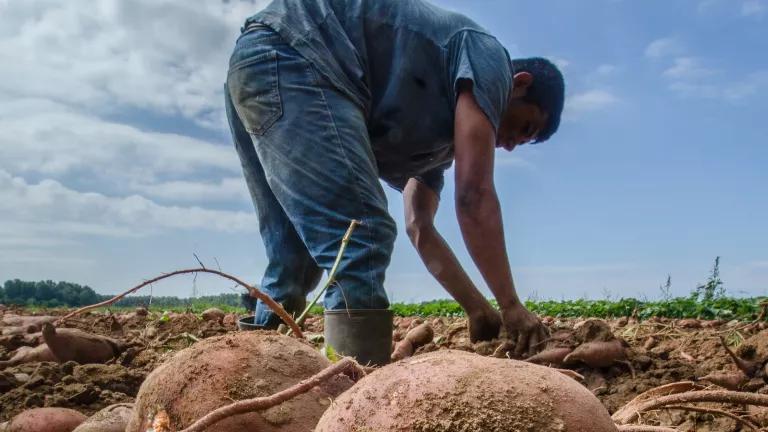New Map Tracks State Heat Protections for Workers
A new map from NRDC tracks federal and state efforts to advance heat protections for workers.
The scorching temperature forecast for this summer makes me nervous. The extra-hot conditions expected across the country, shown in the graphic below, will put many millions of workers at high risk of heat-related injury, illness, and even death. The Occupational Safety and Health Administration (OSHA) is prioritizing heat protections for workers, but it could take years for OSHA to finish the heat rulemaking it started in late 2021. Thankfully, state advocates and decisionmakers aren’t waiting for OSHA to act. A new map released today and produced by NRDC tracks efforts to establish state-level heat safeguards while workers wait for federal ones.

Workers shared stories of being denied breaks, passing out from the heat, and other stressors during an OSHA stakeholder meeting last week, illustrating just how critical it is that worker protection agencies develop and enforce heat safety standards. Jess Newman, with United for Respect, shared how managers of big box stores regularly stonewall retail workers who ask for better cooling and ventilation. Several farmworkers talked about seeing colleagues faint when employers failed to provide enough water or breaks during hot weather. One farmworker, Marina, relayed through a colleague at the Northeast New York Coalition for Occupational Safety and Health:
"I want important people to know that this is our reality … Our people are getting sick. We are thirsty. And no one seems to care."
These stories put human faces to grim statistics. From 1992 to 2019, an average of at least 32 U.S. workers died each year from heat. From 2011 to 2019, heat-related illnesses and injuries forced an average of at least 3,507 workers to take time off work. These counts are considered highly conservative because of known problems in how occupational heat-health harms are tallied, not to mention fear of retaliation among vulnerable workers. And as a recent analysis from the Union of Concerned Scientists shows, unchecked fossil fuel emissions will result in “staggering increases in unsafe workdays” by mid-century, especially for outdoor workers.
The map we’re releasing today will help advocates, reporters, policy analysts, and anyone else quickly identify where heat standards exist or are under development, what kinds of workers are covered (e.g., outdoor, indoor, agricultural), and a link to more information.
Only California, Oregon, Washington, Colorado, and Minnesota have permanent occupational heat stress standards now—although none of the standards completely cover vulnerable worker groups. Nevada, Maryland, and California are developing new standards. (California’s rule under development will cover indoor workers, who are excluded from the current heat safeguards.) And at the time of this post, California, Nevada, and New York legislatures are considering bills that would strengthen existing heat protections or create new ones.

These state-based efforts to develop heat standards are a positive step and will be a useful stopgap while OSHA develops a federal standard. As my colleague Dr. Adewumi-Gunn wrote last year, however:
"Health and safety protection shouldn’t be dictated by geography.”
I told OSHA last week at their heat stakeholder meeting (3:05:08 mark) that this patchwork of protections creates unnecessary confusion for employers and leaves many millions of U.S. workers unprotected from heat—a situation that will only get worse as the climate continues to change. OSHA needs to quickly develop and enforce a standard for indoor and outdoor workers that includes whistleblower protections and requires employers to:
- Provide workers with water, rest breaks, and shade;
- Have heat acclimatization plans for new and returning workers;
- Conduct heat stress prevention training for managers and employees; and
- Have a detailed plan for dealing with heat-health emergencies.

Workers and their advocates have called for these measures and more for years. In fact, OSHA’s efforts to advance a heat stress rule is widely supported by labor unions, worker and human rights groups, racial justice organizations, faith groups, doctors, academics, and even a socially-responsible investment firm. (Visit OSHA’s comment docket to see many more examples of these types of supporters.)
If there’s one lesson from 2021’s deadly heat dome in the Pacific Northwest—now considered one of the most extreme heat events ever recorded in the world—it’s this. Deadly heat can strike anywhere, anytime, and we need to be prepared. That includes protecting workers from heat, so they can continue to deliver essential services and still make it home safely at the end of each shift.
Are we missing anything on the map? Let us know by emailing workers&heat@nrdc.org with updates about a state’s progress or to report broken links.



